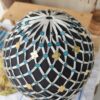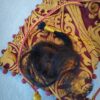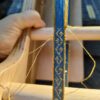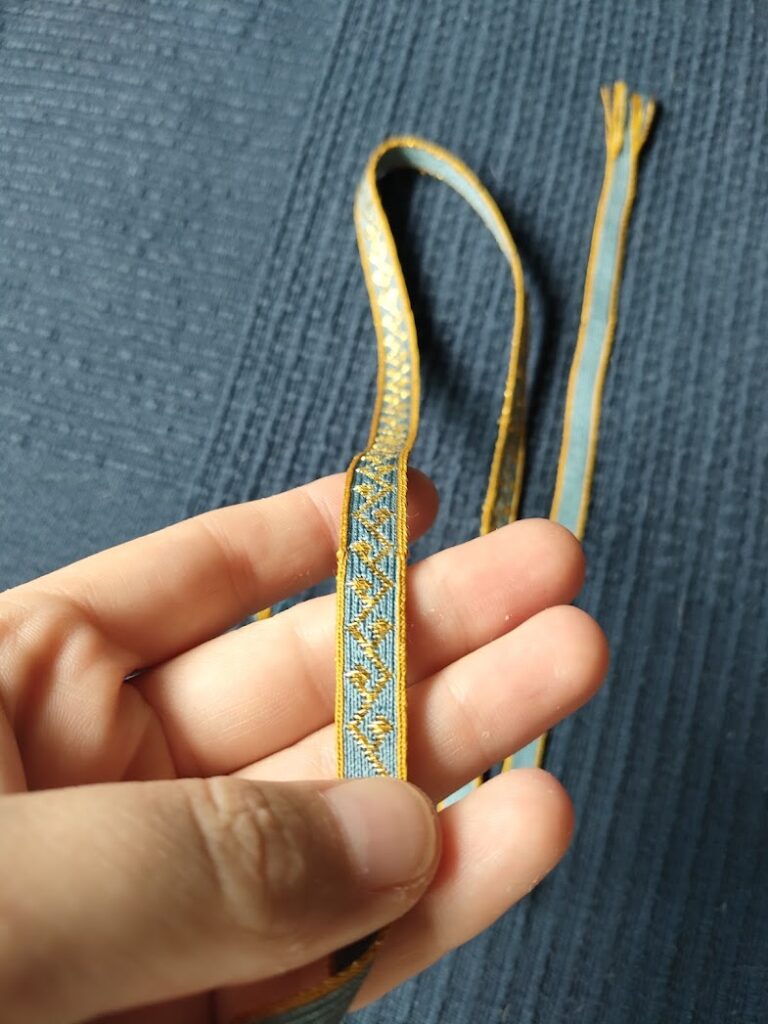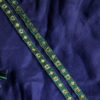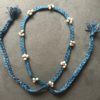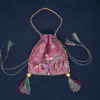Blog
All posts from the category "Textile work".
A new project is done! (more…)
Today, I would like to talk to you about a special substance in medieval material substance, human hair. (more…)
A project I started just for fun and training during the pandemic is finally finished.
I wanted to train my brocading skills a little more and had access to some very pretty fake gold thread which I really wanted to try out more. So I made this filet/headband in a pretty sky blue with a golden yellow border. (more…)
Hold on, you are not on the blog of my dear friend and colleague Niklas, der Girdler! No, this time, I will tell you about this belt myself, even if Nikolaus did have his fair share to do with this piece.
My impression of a wealthy crafters wife is slowly but surely being finalised. One large project that I had postponed for a long time and which I was working on for far too long, is finally finished. A belt suitable for this ensemble.
I am incredibly unlucky with my garters. After loosing my first ones made from leather with buckles, now I lost my woven ones too and I needed new ones. They should be flexible, which wool provides and I chose a coarser wool that clings to the stockings. And they needed to be pretty broad in order to spread the pressure the right way. Other materials often bunch up and then cut into my legs. (more…)
Ich recently could get my hands on some pretty convincing fake gold thread and now I have some projects I had always wanted to do. One of them is a gold brocaded tablet woven filet ribbon which I had been inspired by an extant original by.
You probably already know some of my hairnet adventures. Knotting the net however is only a part of making a late medieval hairnet. While f.e. the London finds and Original illuminations show unembroidered examples, the mass of extant nets is embroidered.
Today we would like to show you some sources and techniques for doing laundry in the 14th and 15th century.
I want to show you another tablet woven piece of mine which I made for a young interpreter colleague of mine.
I already collected the evidence for silk filets in this article of mine.
Just a short documentary entry for a little textile shenanigan:




